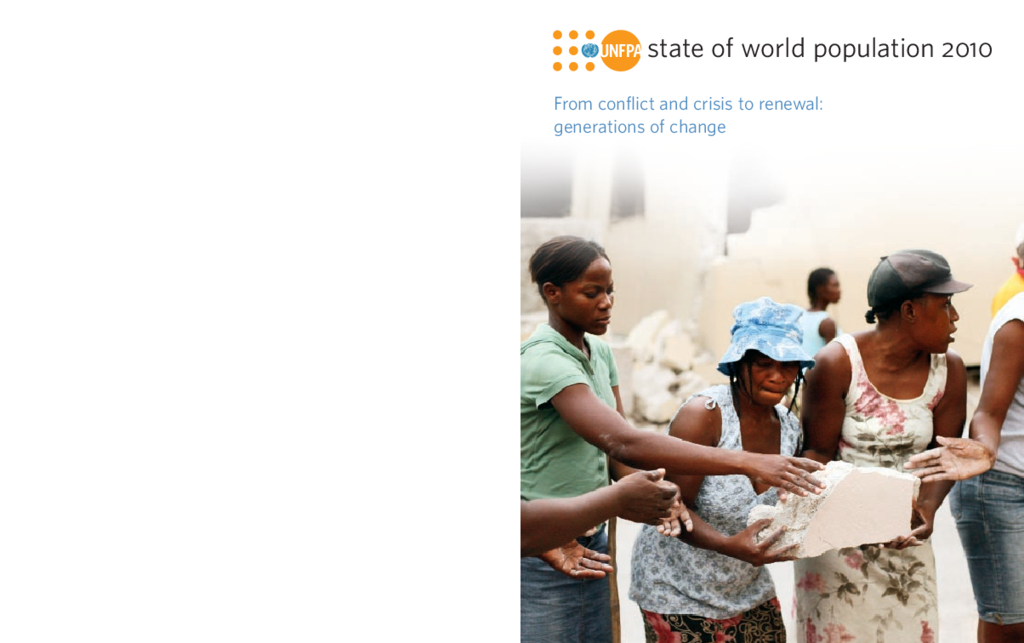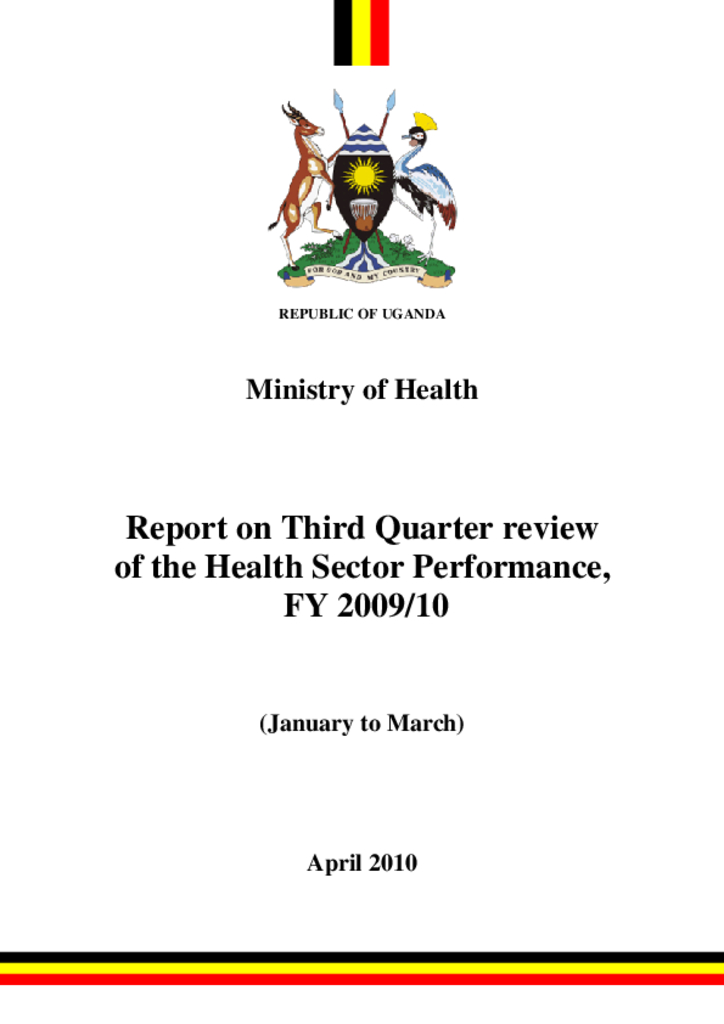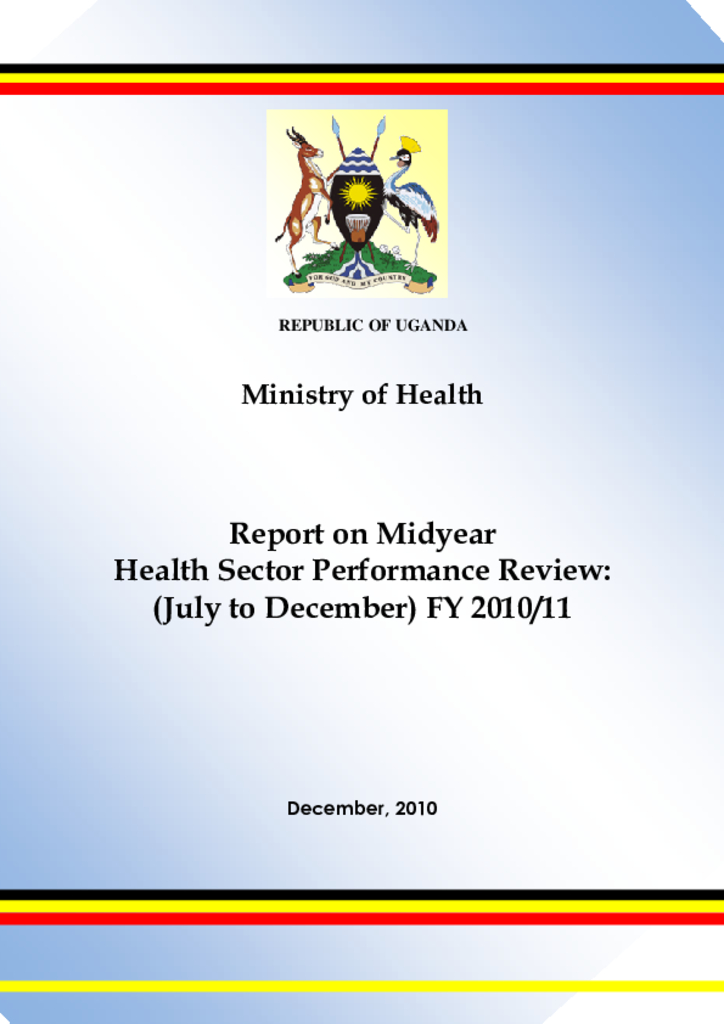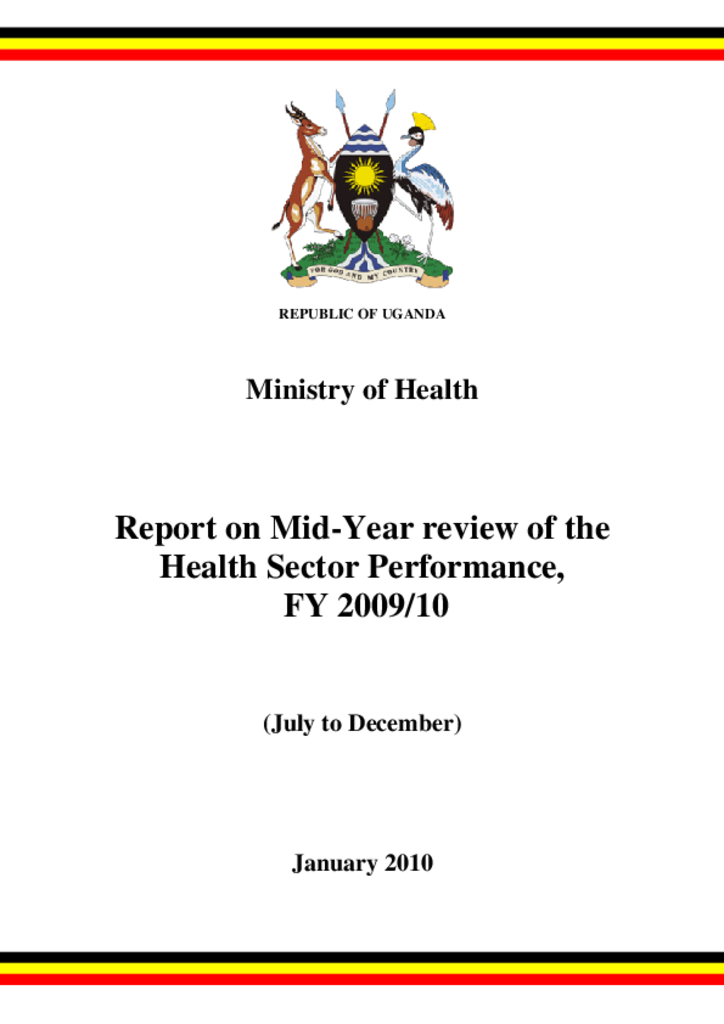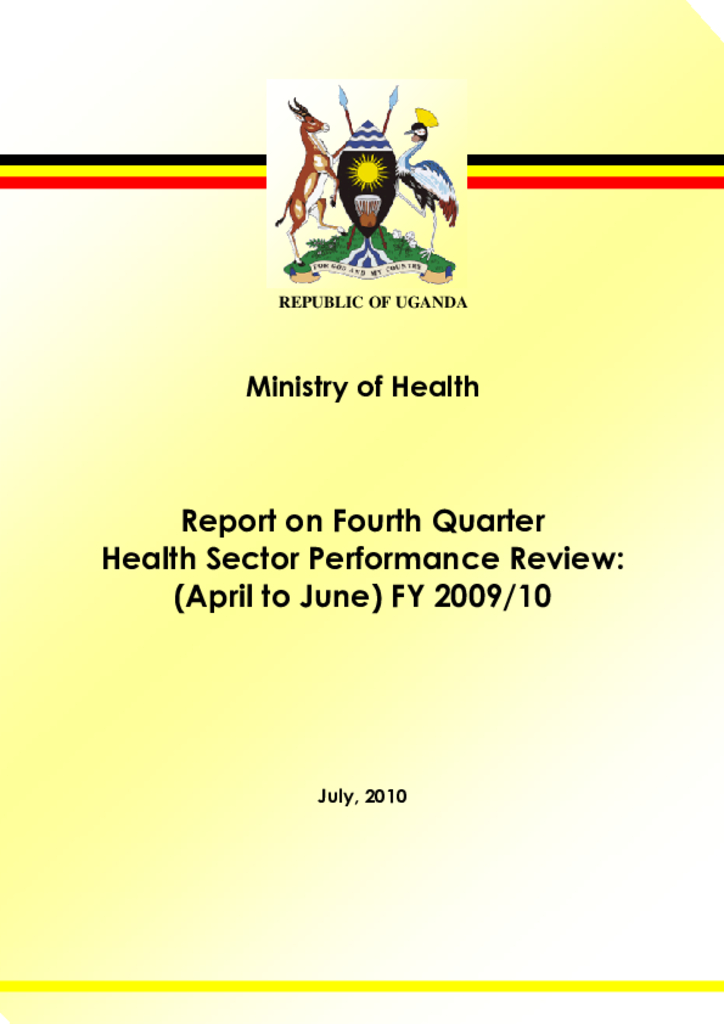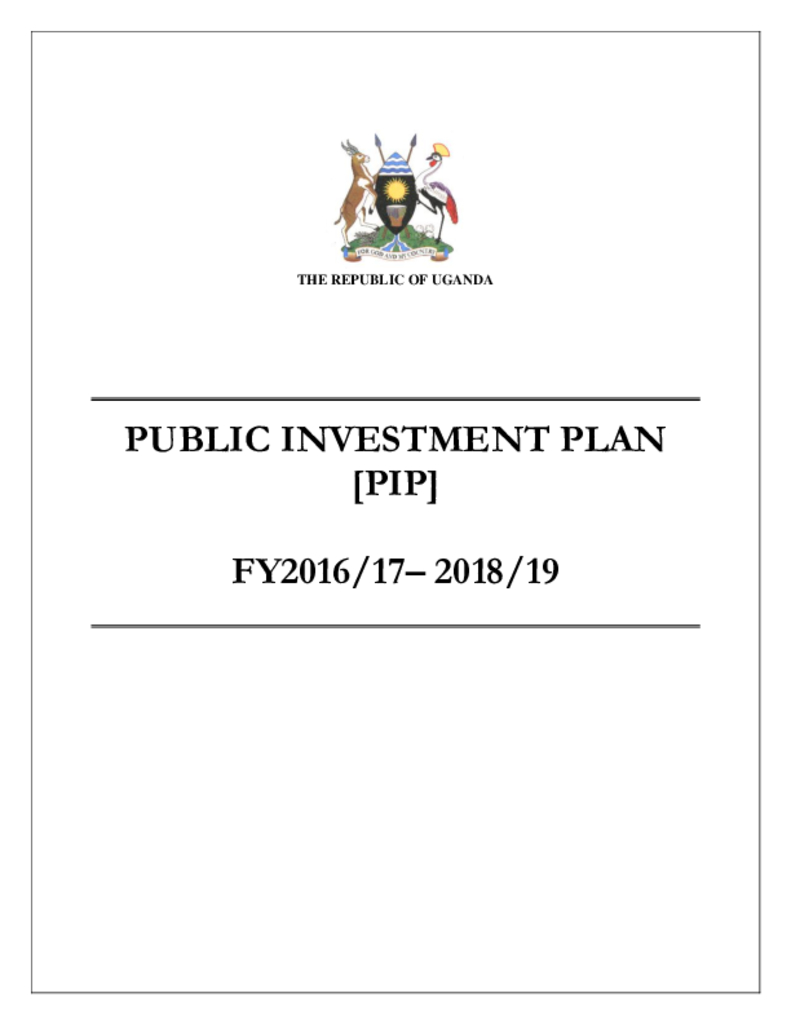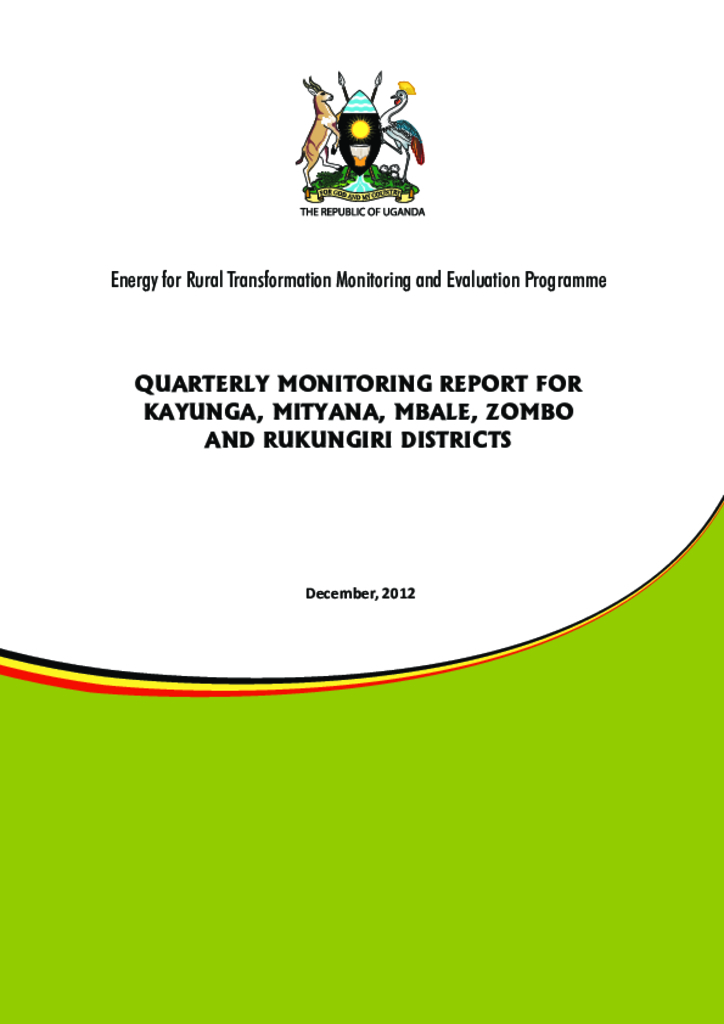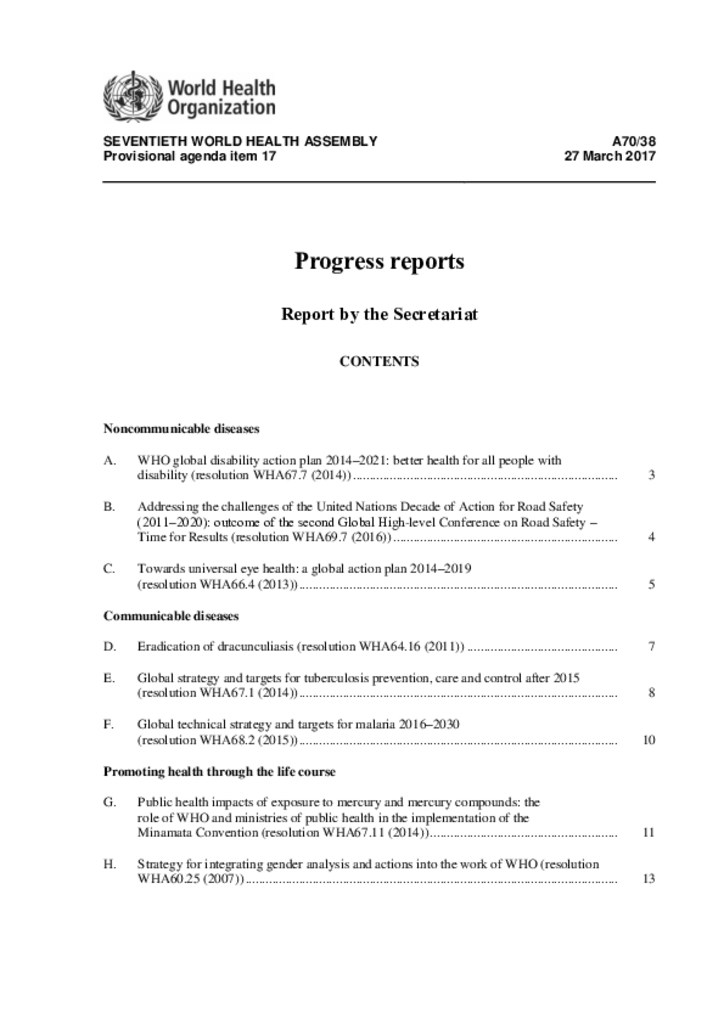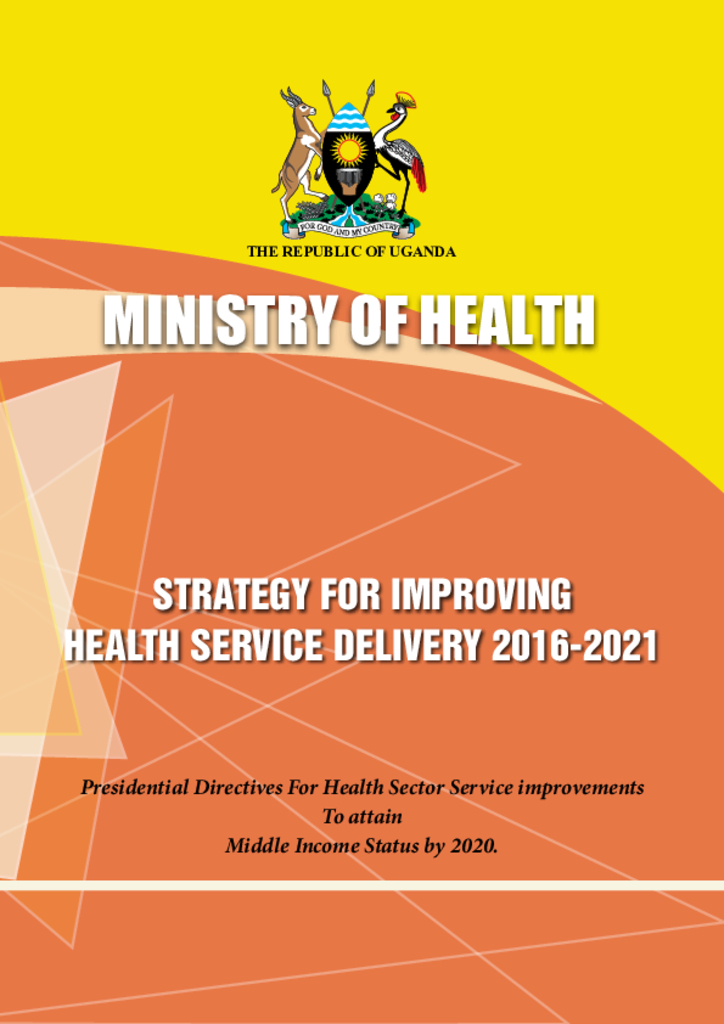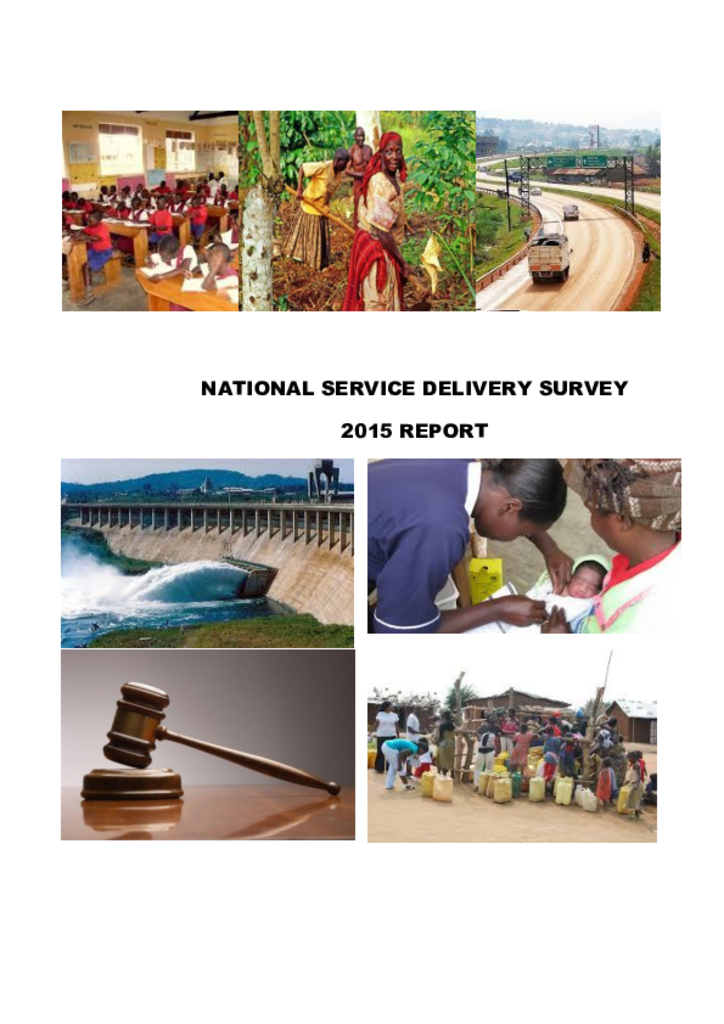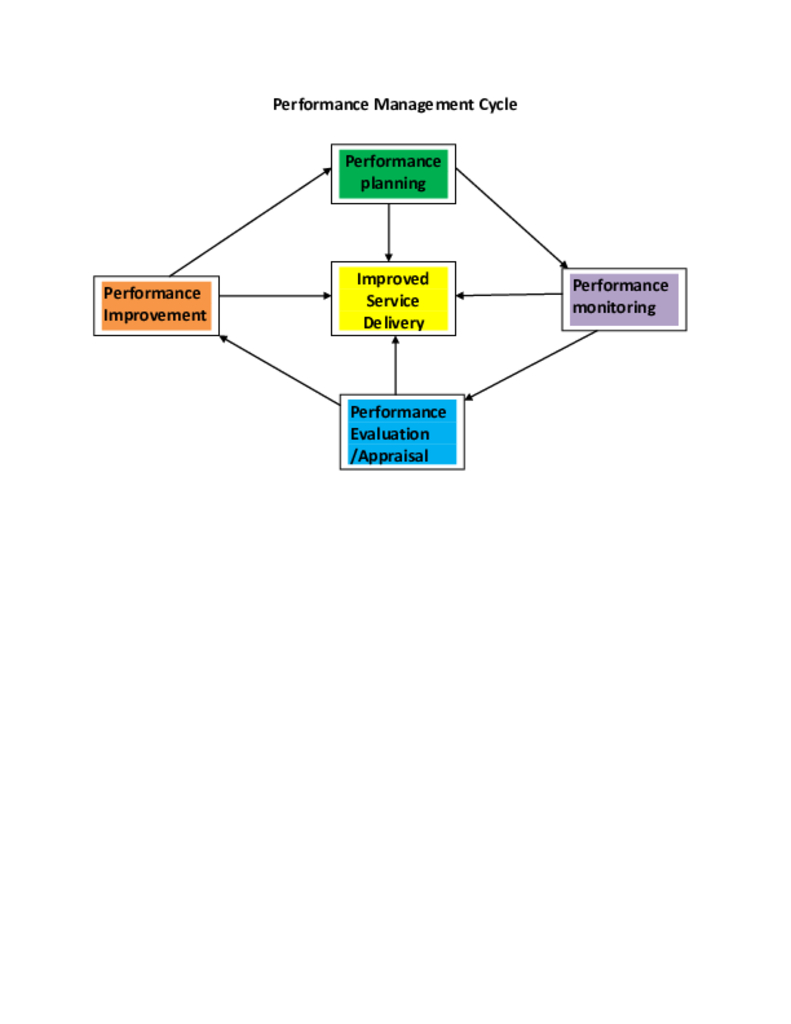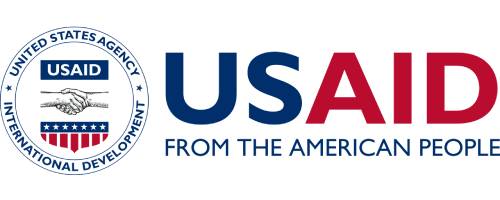The release of the 2010 edition of The State of World Population report coincides with the 10th anniversary of that historic resolution. The report highlights how women in conflict and post-conflict situations—as well as in emergencies or protracted crises— are faring a decade later. The 2010 report is different from previous editions, which took an academic approach to topics related to the mandate and work of UNFPA, the United Nations Population Fund.
The workshop to review the third quarter health sector performance was held from 12th to 13th April 2010 at Golf Course Hotel in Kampala. The general Objective of the workshop was to review the performance of the Ministry of Health departments/Institutions against third quarter 2009/10 work-plan (January to March 2010).
The review for the health sector performance for the first and second Quarters (July to December 2010/11 Financial Year) was conducted from 13th to 14th January 2011 at Kabira Country Club Hotel, Kampala. The general objective of the workshop was to assess the performance of the Ministry of Health departments/Institutions against first and second quarter workplan for this period.
The workshop to review the first and second quarter health sector performance was held from 27th to 28th January 2010 at Metropole Hotel in Kampala. The general Objective of the workshop was to review the performance of the Ministry of Health departments/Institutions against first and second quarters 2009/10 work-plan (July to December 2009).
The review for the health sector performance for the fourth Quarter (April to July) was conducted between 13th and 14th July 2010 at Kabira Country Club Hotel, Kampala. The general objective of the workshop was to assess the performance of the Ministry of Health departments/Institutions against fourth quarter 2009/10 work-plan (April to June 2010).
The Public Investment Plan (PIP) sets out planned investment decisions that the Government of Uganda plans to realise over the medium term (FY2016/17 – FY2018/19). The PIP provides an overview of all investment profiles for Central Government Votes with development funding (either GoU and or External Financing).
The Government is Implementing the second phase of the energy for Rural transformation programme, which will acceslerate investments and increase in regional coverage.
This report contains various reports on the WHO progress in various fields.
Metadata is a description of data (information about information). The primary role of metadata is to facilitate appropriate interpretation of statistics by both users and producers of data in the NSS and information sharing. The national Metadata dictionary has been revised to include the missing indicators from the 16 MDAs in the first edition and new indicators from the five additional MDAs under the PNSD to fully guide stakeholders on the definitions, data sources, disaggregation, compilation practices, computation methods, accessibility and availability and accounting conventions for key indicators in the NSS.
On the 23rd of June 2016, His Excellency the President of the Republic of Uganda issued strategic guidelines and directives for the minimum program for Uganda to attain the middle income status by 2020 and vigorously implement the NRM manifesto 2016 to 2021. In the guidelines, key tasks of the government are highlighted and those specific for the health sector are also identified. He further directed each sector to develop strategies for implementation of these directives and streamline the service delivery operations of each sector.
This Report is a manifestation of the commitment of the Government of Uganda to institutionalize strategies for encouraging service recipients to provide feedback regarding the efficiency and effectiveness of service delivery.
This publication is about the relationship between performance planning, performance monitoring, performance evaluation, performance evaluation, performance appraisal, performance improvement and improved service delivery.
